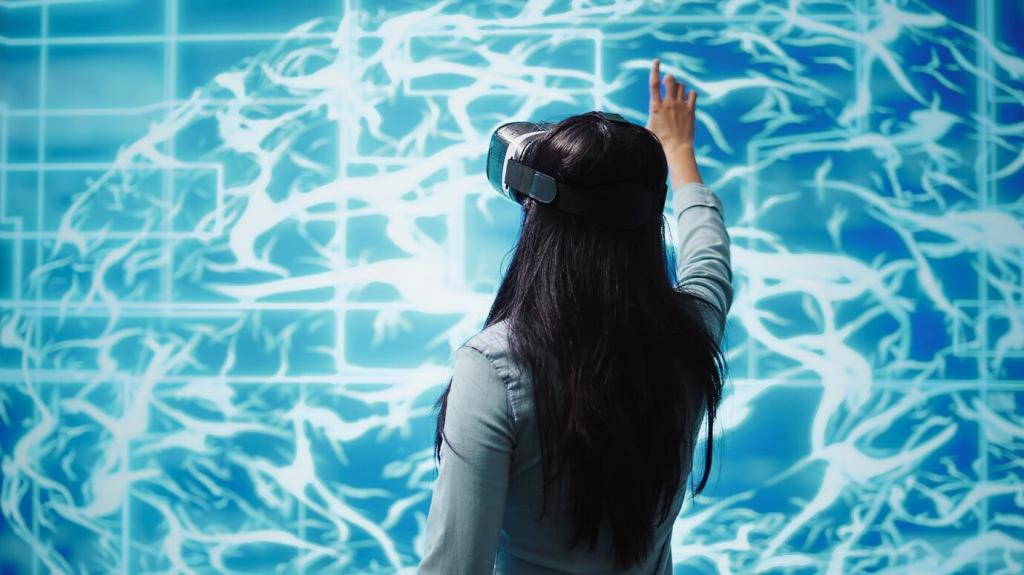
Creating a Balanced Screen Time Routine
Managing screen time has become an essential part of modern life. As technology continues to weave itself into our daily routines, it becomes increasingly important to ensure a healthy balance between digital engagement and other meaningful activities. A balanced screen time routine is not just about limiting hours in front of devices, but about fostering a mindful relationship with technology. By creating structured habits, understanding our digital needs, and prioritizing well-being, everyone can benefit from a smarter, healthier use of screens.
The Impact of Excessive Screen Time
Excessive screen time has been linked to various health concerns, including disturbed sleep patterns, increased anxiety, and even physical symptoms like headaches or neck pain. Emotional effects can also manifest, such as reduced attention spans or a diminished desire for physical interaction. Understanding these consequences is the first step toward making mindful choices about device usage. By staying aware of these impacts, individuals and families can motivate themselves to pursue healthier habits.
Why Balance Matters for Mental and Physical Health
Maintaining a balanced approach to screen usage is crucial for both mental and physical health. Mindful screen habits help preserve the body’s natural rhythms, reduce the likelihood of tech-related stress, and encourage more meaningful offline interactions. Limiting screen time not only frees up opportunities for outdoor activity and face-to-face conversation but also nurtures creativity and rest. Prioritizing balance ultimately supports overall well-being and personal development.
Recognizing Your Personal Patterns
Everyone uses technology differently, and recognizing your personal patterns can reveal where adjustments are needed. Some people may find themselves most active on devices during work hours, while others may use screens late into the evening. Being aware of when, where, and how you engage with screens enables you to identify triggers for overuse, tailor strategies, and set limits that reflect your unique needs and lifestyle.

Designating device-free zones at home—like the dining table or bedroom—helps signal to ourselves and others when it’s time to disconnect. In addition, scheduling specific hours for screen-free activities, such as an hour before bed, allows the brain to unwind and promotes restful sleep. These boundaries don’t have to be rigid; instead, they offer regular reminders to reconnect with ourselves and our surroundings without digital distractions, enhancing quality time with family and friends.

Open conversations about screen time expectations are key in building healthy digital habits, especially for families with children or teenagers. Discussing the reasons behind certain boundaries fosters understanding and encourages cooperation. When everyone is involved in setting the rules, there is a greater sense of ownership and respect for shared spaces. This also applies in social or work contexts, where transparency about device use encourages mutual respect and shared responsibility for balanced engagement.

Intentional technology use means engaging with screens for specific, worthwhile purposes rather than out of habit or boredom. This might look like setting a goal before unlocking your phone, taking breaks to pause and reflect, or choosing active over passive screen activities. By making conscious decisions about the apps, programs, and media we consume, we reclaim control over our digital lives and make screen time more meaningful and satisfying.
Incorporating Meaningful Offline Activities
Committing intentional time to hobbies, sports, or creative endeavors can reinvigorate the mind and body. These activities, whether it’s painting, gardening, learning an instrument, or cooking, serve as refreshing alternatives to digital engagement and provide opportunities for self-expression. Dedicating regular moments to favorite pastimes reinforces the idea that entertainment and relaxation extend beyond screens, making life more multidimensional and rewarding.

